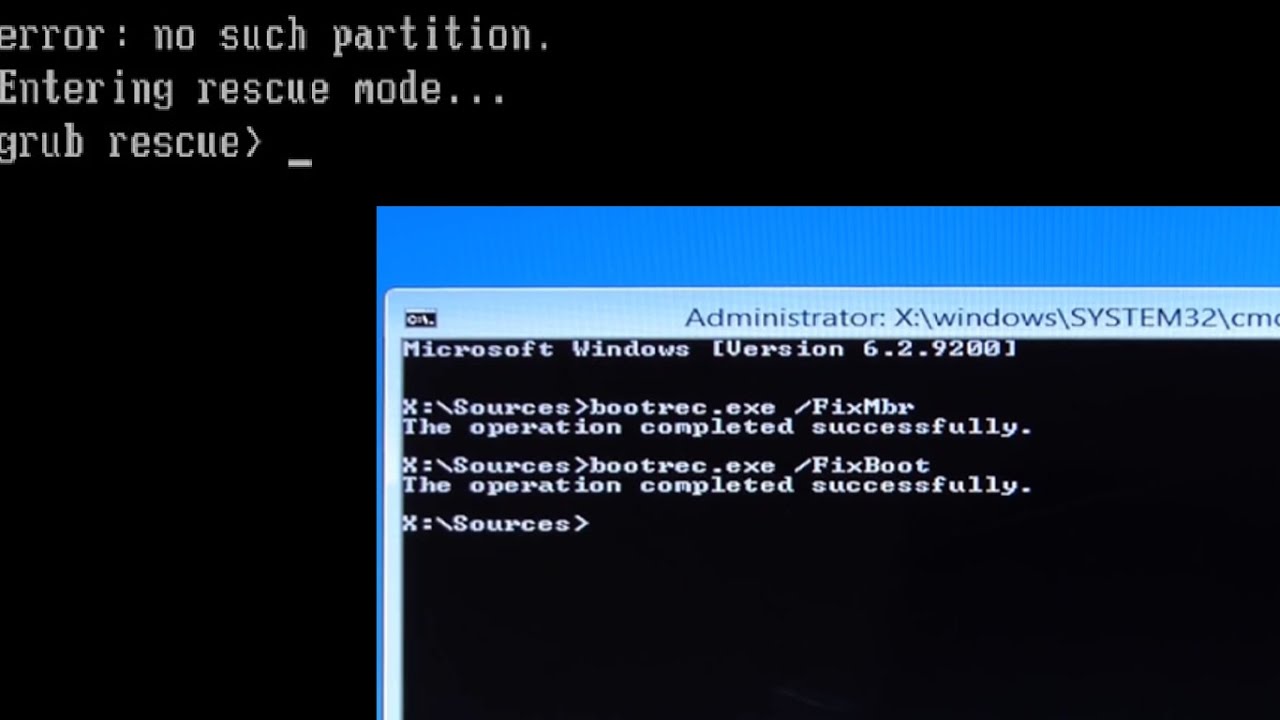

DATA RESCUE 4 APFS FOR MAC
Fortunately, there are tools such as Prosoft Data Rescue For Mac that can recover lost or accidentally deleted files from your Mac. ***ĭisk Drill for Mac is completely APFS-ready, supports Fusion Drives and Core Storage containers, works on macOS High Sierra and Mojave and is regularly updated with new features and support for specific data storage configurations.There’s nothing worse than accidentally deleting or losing precious data on your Mac. Disk Drill will decrypt the volume before running Deep Scan on it. In this case we recommend running all recovery methods on the volume in question, or just using the universal “Recover” button on it. You can rely on Disk Drill to ask for the required APFS password, unlock the volume and recover existing and deleted data from it. #4 Scanning storage container with the Encrypted APFS volume
DATA RESCUE 4 APFS PASSWORD
Disk Drill detects the encrypted APFS volume, asks for your unlock password and proceeds with recovery normally. #3 Scanning entire drive with the Encrypted APFS volume Unlocking it mounts the target volume and makes it accessible to system apps. Disk Drill’s logic rests on the fact that the volume is not mounted, and thus inaccessible. Head on to your Mac’s Disk Utility and unlock your encrypted volume from there.

In this case, you will not see the encrypted volume under Logical Volumes group in Disk Drill’s disk list. #2 HFS+ encrypted volume that wasn’t unlocked You are good to go, you will be seeing both the hardware drive as well as the logical volume in Disk Drill’s disk list, we recommend running all recovery methods on the unlocked volume for better results. ***ĭepending on the file system the target storage device was formatted into, your data recovery scenario will fall into one of the following types. This will ensure your storage device will only contain the encrypted files. To prevent that, make sure you erase your drive’s empty space with something like Data Shredder, a new tool coming in Disk Drill 4. Though, interestingly enough, if the drive was not erased before encryption, whatever data was present on it before the encryption is recoverable with Disk Drill without the need to enter your unlock password. Yes, you will need to provide your decryption password every time you would like to recover your data from an internal encrypted volume, or an external encrypted drive. Do I need my unlock password to recover from an encrypted volume? The latest Disk Drill 3.6.906 is no exception, our engineers were able to greatly enhance the quality of recovered results from encrypted volumes on multiple levels of scanning. With every new release of Disk Drill, we are improving support for encrypted HFS+ and APFS volumes in macOS High Sierra and Mojave as they are becoming more common. When dealing with an encrypted Mac volume with the expectations to recover data from it, it would definitely help understanding how exactly Disk Drill treats encrypted sectors, since, you know, encryption is there specifically to prevent accessing your data without your permission. But what if the encrypted drive goes bad, connecting it to another computer no longer brings up the familiar file lists, is your encrypted data gone for good?


 0 kommentar(er)
0 kommentar(er)
